Industrial Engineering Division 2
Development Division
Industrial Power Products Business
Yanmar Power Technology Co., Ltd.
YANMAR Technical Review
Topic 3: Development of TNG Series Spark-Ignition Engines for Industry Development of Technology for Multi-Fuel Operation in Anticipation of Decarbonization
Abstract
Given the need to reduce greenhouse gases around the world, continued growth is expected in the use of alternative fuels such as hydrogen and bio-fuels in industrial machinery.
Gaseous fuels such as LPG have lower carbon emissions than diesel, and gas engines have a higher technical compatibility with carbon-neutral fuels like hydrogen and e-methane.
Yanmar has developed the new 4TN88G gas-powered industrial spark-ignition engine together with the 4TN88B bi-fuel model that can run on both LPG and gasoline.
These engines use a proprietary gas combustion system to achieve high output, fuel efficiency, and compact size while also delivering the durability and reliability required of industrial applications.
1. Introduction
This article describes the TNG series of spark-ignition engines developed by Yanmar in anticipation of future decarbonization and the low-carbon economy. The engines can run on synthetic fuels such as methanol and carbon-neutral fuels such as hydrogen that do not add to the CO2 in the atmosphere while still delivering high output, fuel-efficiency, and compact size comparable to Yanmar’s existing diesel engines together with the durability and reliability demanded in industrial machinery.
2. Scenarios for Decarbonization of Small Land-use Machinery
It is anticipated that the shift toward decarbonization will be accompanied by the adoption of a “best mix” of power sources to suit the characteristics of different types of machinery. Fig. 1 shows transition scenarios for the decarbonization of the power sources used in small land-use machinery. As more compact batteries can be used in machines that are not subject to heavy loads, and as they frequently operate in locations that are convenient for charging, it is anticipated that machines in this category will increasingly be electrified. For machines that need to operate for long periods and under heavy loads, on the other hand, the need for a large battery capacity means that battery cost and space requirements pose a challenge. Charging infrastructure is also a major obstacle to this use case, and therefore it is anticipated that such machines will use carbon-neutral fuels. The candidate fuels such as hydrogen, methane, and alcohols that are being considered for this application have ignition temperatures that make them better suited to use in spark-ignition engines (engines that use a spark to ignite the fuel).
It was with a view to the future possibilities of multi-fuel operation that Yanmar developed its TNG series of spark-ignition engines designed for harsh industrial applications.
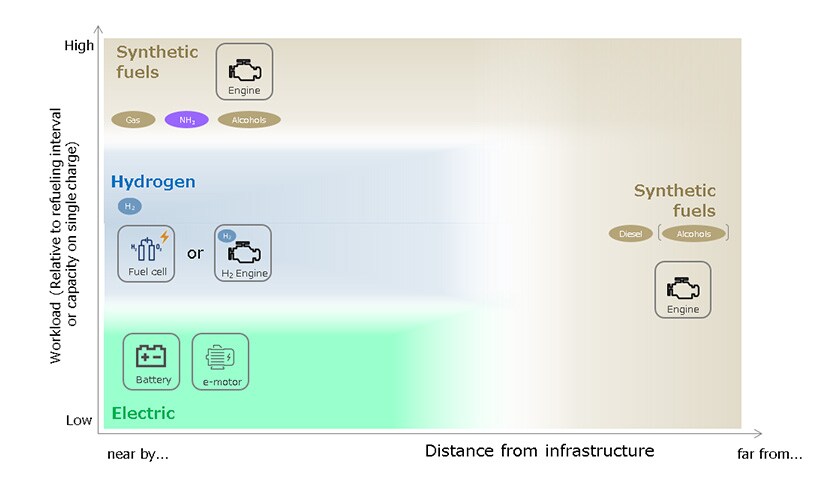
3. Product Overview
Table 1 lists key specifications for the TNG series of engines. By using the multi-point injection system described below together with combustion optimization techniques honed from many years of experience in the development of stationary gas engines, Yanmar has equipped these engines with output and torque that equals or betters its diesel engines of the same displacement class while also providing the reliability and durability expected of industrial machinery. A bi-fuel model is also available that can switch between liquified petroleum gas (LPG) and gasoline.
Table 1 TNG Series Engine Specifications
| Specification | 4TN88G | 4TN88B | 4TNV86CT (for reference) |
|---|---|---|---|
| No. of cylinders | 4 | ||
| Bore x stroke [mm] | 88 x 90 | 86 x 90 | |
| Displacement [L] | 2.2 | 2.1 | |
| Rated output [kW/min-1] | 45.0 / 2,600 | 39.9 / 2,600 | 37.9 / 2,600 |
| Max. torque [Nm/min-1] | 175 / 1,800 | 157 / 1,800 | 168 / 1,690 |
| Aspiration | Naturally aspirated | Turbocharged with exhaust gas turbine | |
| Combustion | Spark ignition/premixing/stoichiometric combustion | Direct injection/compression ignition | |
| Fuel | LPG | LPG, gasoline | Diesel |
| Exhaust gas aftertreatment | Three-way catalyst | DOC+DPF | |
| Dimensions (LxWxH) [mm] | 659 x 535 x 701 | 894 x 549 x 757 | |
4. Enabling Technologies for Multi-Fuel Industrial Engines
4-1. Technologies for Running on Different Types of Fuel
Fig. 2 shows Yanmar’s multi-fuel engine concept. The TNG series is currently designed to run on gas fuels, which emit less CO2 than diesel fuels. Given the potential for further progress on the adoption of carbon-neutral fuels that have significantly different fuel properties from those of conventional fuels, Yanmar is also working on developments that will support their use.
The multi-point injection (MPI) system used on the TNG Series is one example of a technology that serves to facilitate multi-fuel operation. This works by injecting fuel into each cylinder’s intake port. Fig. 3 shows the fuel supply system for a gas engine. Mixer system that does not incorporate a mechanism for regulating supply will be influenced by the type of fuel being used (especially its specific gravity and calorific value) and are limited in terms of the range of different fuel types they can regulate. MPI, in contrast, can automatically adjust the fuel injection duration based on the air-fuel ratio measured by a sensor, allowing it to support multi-fuel operation over a wider range. Similarly, the bi-fuel engine configuration has separate fuel systems for LPG and gasoline, giving them the ability to switch between the two fuels, which provides convenience for users.
Fig. 4 shows a drawing of the MPI system and lists the different fuels it can use. Combined with the use of specialized parts for optimal operation, such as cylinder heads with reliability features acquired over more than 30 years of developing stationary gas engines, this use of MPI allows the TNG Series to run on hydrogen with only minor changes to the engine.
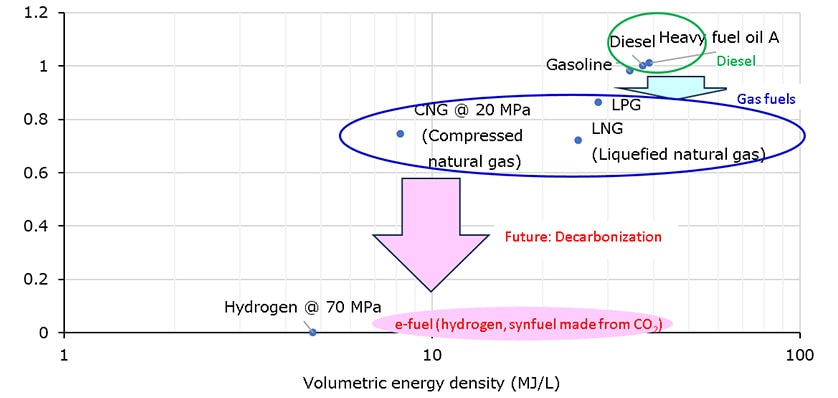
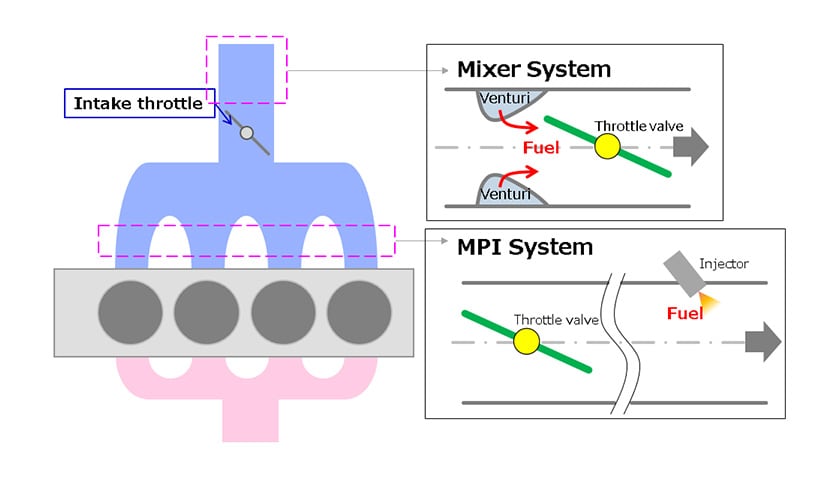
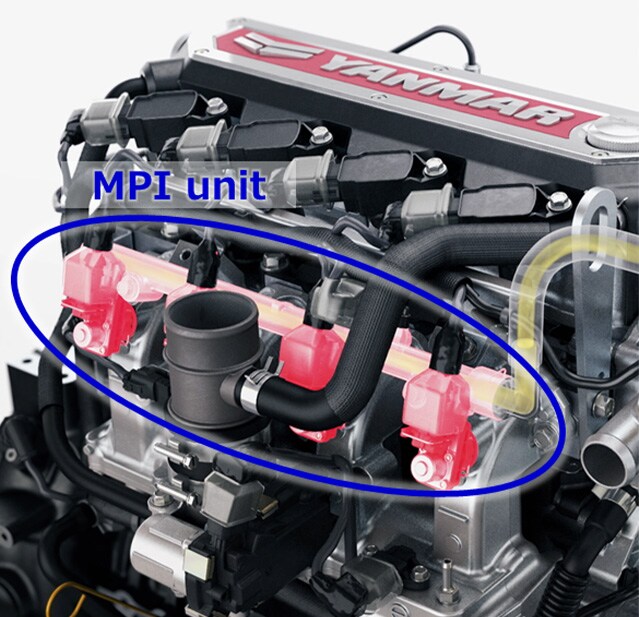
○: Can be used with same spec.
△: Requires minor mods or testing
| Fuel | Compatibility |
|---|---|
| Hydrogen | △ |
| LPG | ○ |
| CNG | ○ |
| Gasoline (E10/10% bioethanol) |
○ |
| e-methane | ○ |
| e-gasoline | ○ |
| e-methanol | △ |
Fig. 4 Drawing of MPI System and Supported Fuels
4-2. Achieving High Durability and Reliability for Industrial Machinery
Internal combustion engines used in harsh industrial environments require high levels of durability and reliability. The TNG Series engines achieve this through an optimal design that allows for the high thermal loads and exhaust gas temperatures associated with the high-temperature combustion that occurs in gas engines operating at the stoichiometric air fuel ratio. Their design is also based on Yanmar’s industrial diesel engines, a type of engine with which Yanmar has had considerable experience in the industrial machinery market.
Fig. 5 shows examples of combustion chamber parts optimized for this application. To deal pre-emptively with the risks posed by high-temperature combustion, Yanmar has put a lot of work into optimizing the cylinder head cooling and valve train operation as well as the flow pattern inside the cylinder. Fig. 6 shows the improvements to cylinder head cooling. Reducing the thermal load increases engine output while also maintaining its durability. As use of cylinder heads with improved cooling reduces the surface temperatures to which the components inside the combustion chamber are exposed, it should also help to prevent irregular combustion, such as preignition when trialing the use of hydrogen fuel.
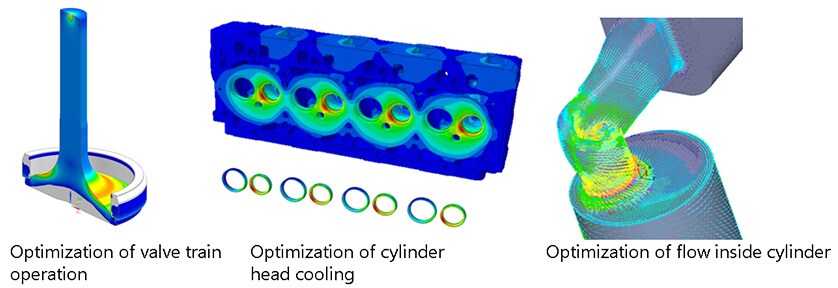
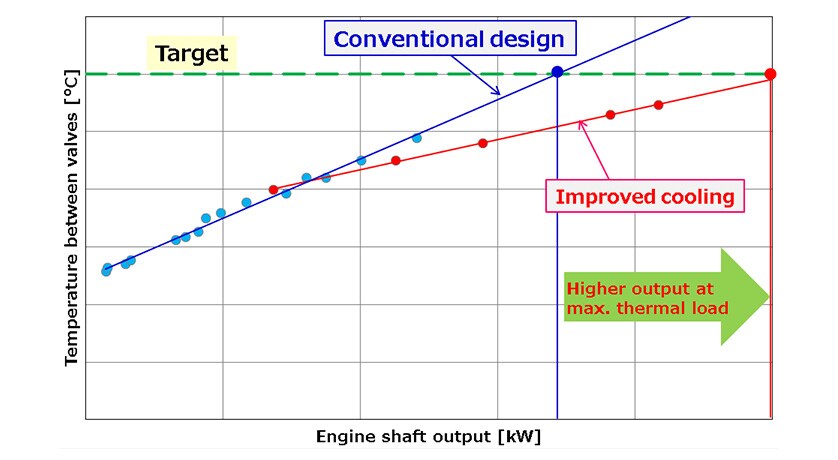
5. Conclusions
This article has described the key technologies used in a spark-ignition engine for industrial use that can serve as a technical resource for decarbonization. If carbon-neutral fuels are to be used in industrial machinery, technologies will be needed to equip these machines with the durability and reliability to handle the harsh environments in which they are used as well as for running on a wide range of different fuels. By leveraging its past successes and portfolio of technologies, Yanmar intends to continue its work on the development of multi-fuel technology in anticipation of decarbonization.
-IMPORTANT-
The original technical report is written in Japanese.
This document was translated by Innovation & Technology Division, Technology Strategy Division.
Author


 Agriculture
Agriculture
 Recreational Marine
Recreational Marine
 Recreational Boat
Recreational Boat
 Premium Cruiser
Premium Cruiser
 Marine Equipment
Marine Equipment
 Marine Commercial
Marine Commercial
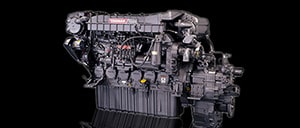 Propulsion Engines (High Speed)
Propulsion Engines (High Speed)
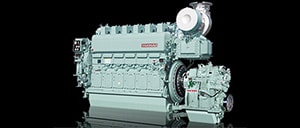 Propulsion Engines (Medium Speed)
Propulsion Engines (Medium Speed)
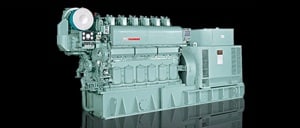 Auxiliary Engines
Auxiliary Engines
 SCR System
SCR System
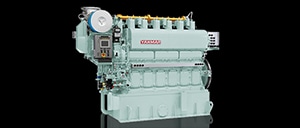 Dual Fuel Engine
Dual Fuel Engine
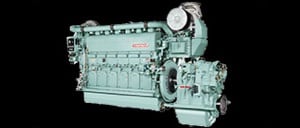 Two-stage Turbocharging System
Two-stage Turbocharging System
 Electric Propulsion System
Electric Propulsion System
 Energy Systems
Energy Systems
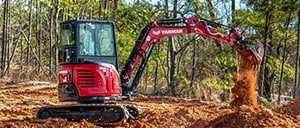 Compact Equipment
Compact Equipment
 Industrial Engine
Industrial Engine
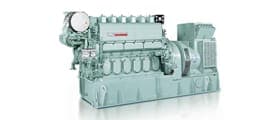 Power Generation
Power Generation
 Compact Power Products
Compact Power Products